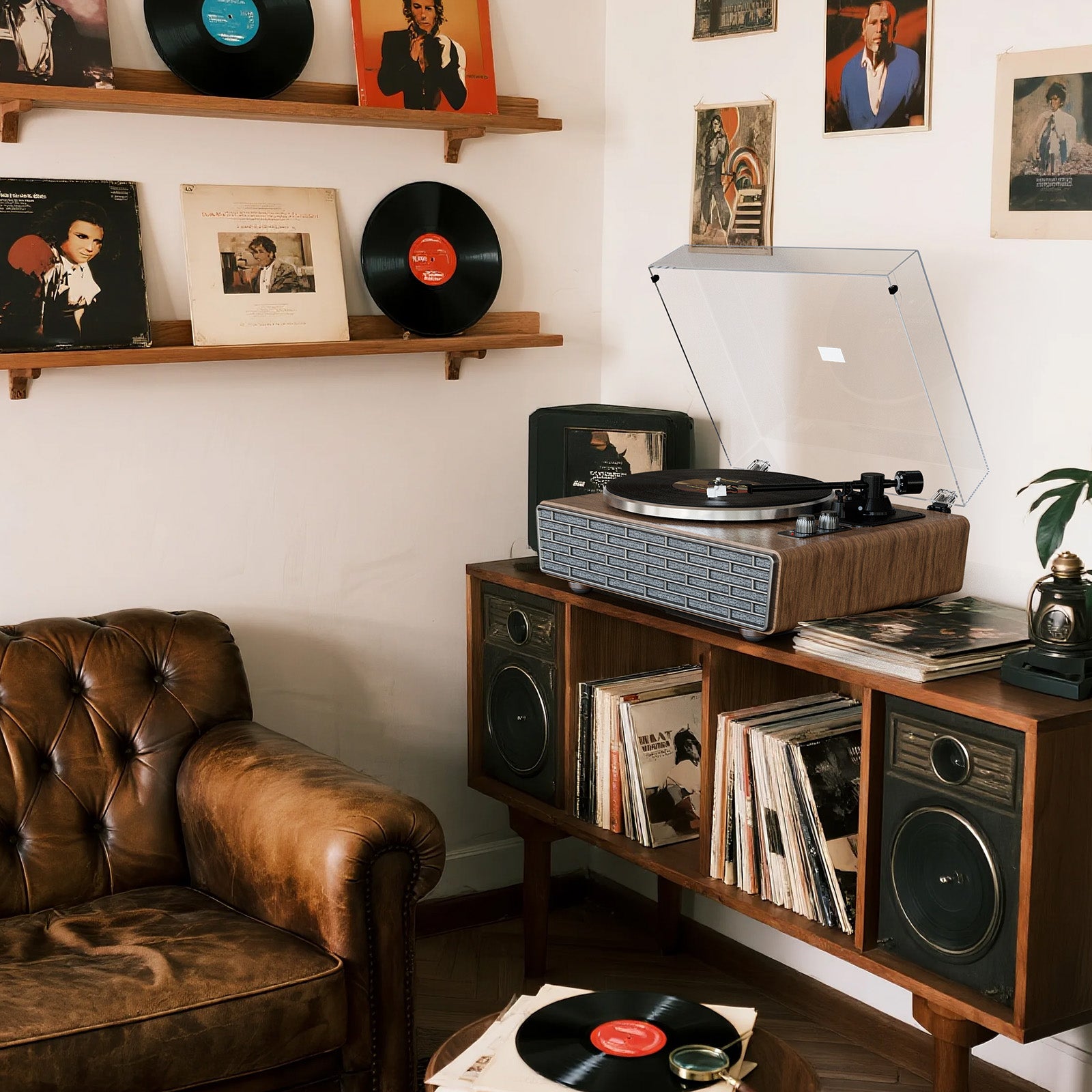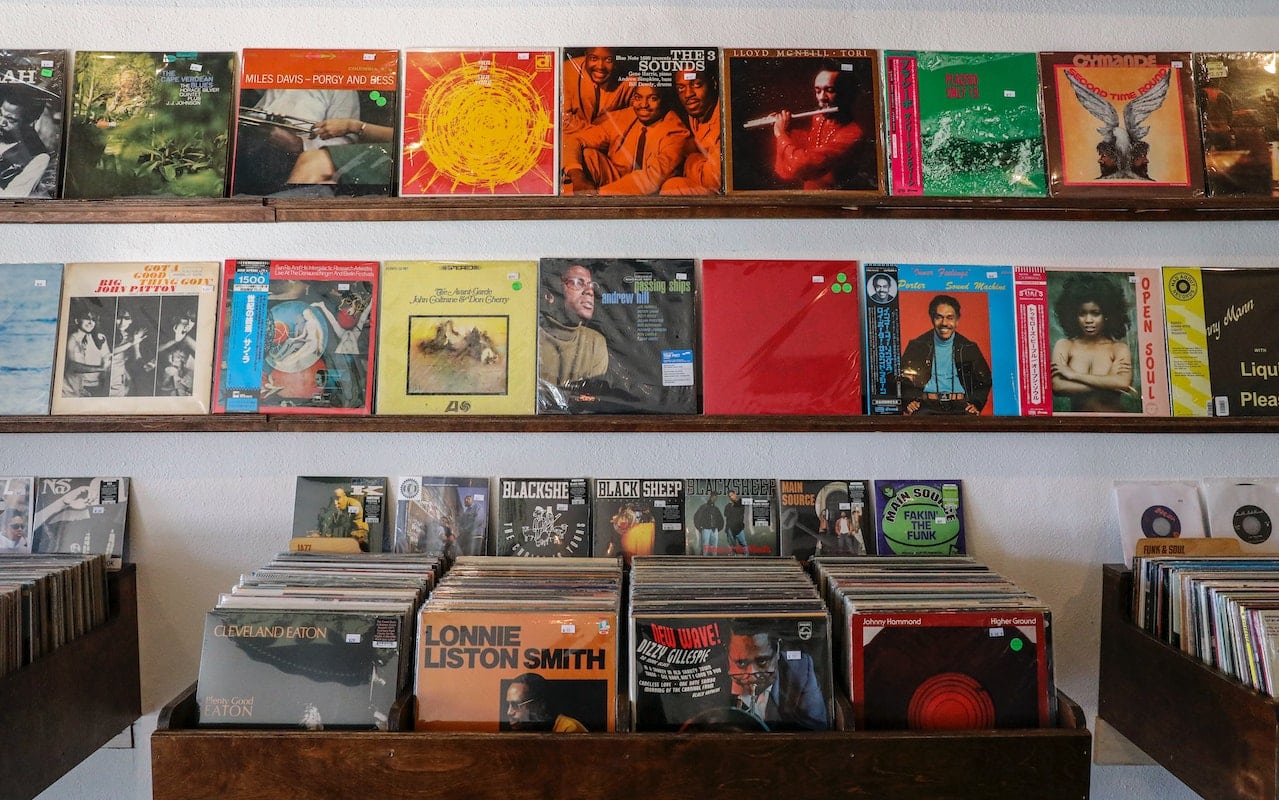In the landscape of modern music consumption circa 2025, a fascinating tension exists. On one side, digital streaming services like Spotify and Apple Music offer seemingly infinite libraries at our fingertips, the pinnacle of convenience. On the other, the resurgence of vinyl records, played on turntables, represents a deliberate embrace of a physical, mechanical, and often more demanding format. The provocative question arises: Why, for a growing number of listeners, does analog "win"? This analysis delves into the comparison, moving beyond surface-level preferences to explore the fundamental differences in experience, sound characteristics, psychological engagement, and cultural value that lead some to favor the turntable despite the undeniable advantages of streaming. "Winning," in this context, appears less about technical supremacy and more about fulfilling specific human needs for tangibility, ritual, and deeper connection.

The Contenders: Defining the Experiences
Understanding the debate requires acknowledging the core value propositions of each format.
Digital Streaming is defined by ubiquitous access and unparalleled convenience. Services offer tens of millions of tracks, personalized algorithmic discovery, seamless portability across devices, and various subscription tiers offering different levels of audio quality, from lossy compression to lossless and high-resolution options. Its strength lies in immediacy, variety, and integration into our digitally connected lives.
Analog Listening via Turntable and Vinyl represents a fundamentally different paradigm centered on tangible engagement and intentional experience. It involves interacting with a physical medium (the record), operating mechanical hardware (the turntable), embracing a specific sonic signature often described differently from digital (more on this below), and participating in associated rituals like collecting, cleaning, and focused listening sessions. Its value proposition is rooted in physicality, process, and perceived authenticity.
The Sound Quality Debate Revisited: Warmth vs. Clarity
The argument over which format "sounds better" is persistent and often misses the mark. Neither holds a universal claim to superiority; they offer different sonic presentations.
Vinyl's signature sound, often described as "warm" or "musical," can be partly attributed to measurable characteristics like pleasing harmonic distortion and specific frequency response nuances, as explored in previous analyses. However, it also comes with inherent limitations: a higher noise floor (surface noise, clicks, pops), lower dynamic range compared to digital standards, and potential distortions like inner groove distortion or channel crosstalk.
Digital audio, particularly high-resolution streaming, offers objectively superior technical specifications in terms of potential clarity, detail retrieval, dynamic range, and low noise/distortion. However, the actual listening experience depends heavily on the source encoding (lossy vs. lossless) and the quality of the playback chain's Digital-to-Analog Converter (DAC). Furthermore, the most significant factor influencing perceived sonic differences is often the mastering: unique masters are frequently created for vinyl releases versus their digital counterparts, tailored to the format's characteristics. Comparing different masters and attributing the difference solely to the format is a common analytical pitfall (Blind Spot: The Mastering Factor). Ultimately, preference between vinyl's characteristic coloration and digital's potential precision is subjective.
Beyond Sound: The Power of Physicality and Ritual
For many proponents, analog "wins" not primarily on sound quality metrics, but on the experiential dimensions that streaming cannot replicate.
There's the profound difference between Tangible Ownership vs. Ephemeral Access. Holding a record, admiring its artwork, reading the liner notes, and building a physical collection provides a sense of psychological ownership and permanence that contrasts sharply with the licensed, temporary access model of most streaming services (First Principle: Psychological Ownership & Possession).
The Sensory Experience is far richer with vinyl. It engages multiple senses: the tactile feel of the record and sleeve, the visual appeal of the large-format cover art, the sight of the spinning disc and moving tonearm, even the faint smell of old cardboard. This multi-sensory engagement creates a more immersive and memorable interaction compared to the primarily auditory and screen-based experience of streaming.

The process of playing a record fosters Ritual and Intentionality. Selecting an album, removing it carefully, cleaning it, placing the needle – these deliberate actions transform listening from a passive background activity into a focused, mindful ritual. This appeals strongly to those seeking a digital detox or a more deliberate engagement with music (First Principle: Ritual Creates Meaning).
Expert Voices & Enthusiast Experiences (Analytical Perspective)
Common arguments favoring the analog experience often highlight these experiential aspects.
The "Deeper Connection" argument suggests the effort justification principle is at play: the time, cost, and physical interaction involved in vinyl listening foster a stronger perceived emotional bond with the music and artist compared to the low-friction nature of streaming.
The "Curation & Discovery" argument posits that the limitations of a physical collection and the experience of browsing in record stores encourage more deliberate curation and serendipitous discovery guided by human interaction, valued over algorithmic recommendations by some.
The "Commitment to the Album" argument notes that vinyl's side-based format naturally encourages listening to albums as cohesive artistic statements, aligning with the artist's intent for album-length works, contrasting with the playlist-driven or single-track consumption often facilitated by streaming platforms. While subjective, these commonly expressed sentiments highlight the different values prioritized by analog enthusiasts.
Why Turntables Enhance Appreciation (Especially for Ritual Seekers)
The turntable itself is central to unlocking these perceived advantages of analog listening.
It serves as the Enabler of Ritual. The entire tactile, multi-step process revolves around the operation of the turntable. It's the necessary tool that makes the physical interaction possible.
Its physical presence and mechanical operation act as a Focal Point for Attention. Unlike an invisible stream playing from a phone, the turntable draws the eye and encourages the listener to dedicate time and space specifically for music appreciation.
It is the Bridge to Physicality, the interface connecting the listener not just to the sound but to the record itself, its artwork, and its tangible nature, enhancing the multi-sensory dimension.
Choosing to use a turntable often symbolizes Intentionality. It represents a conscious decision to engage with music in a slower, more deliberate, and arguably more involved manner than simply pressing play on a screen.
Acknowledging Streaming's Strengths & The Reality of Coexistence
An objective analysis must fully acknowledge the undeniable strengths of streaming services. Their Unmatched Convenience & Access to vast libraries of music anytime, anywhere, is revolutionary and caters perfectly to modern mobile lifestyles. Their potential for Technically Superior Sound Quality via high-resolution tiers surpasses vinyl's inherent physical limitations. Furthermore, streaming excels at Discovery Speed and Cost-Effectiveness on a per-track basis.
Crucially, for most people today, including many vinyl enthusiasts, it's not an either/or proposition. The reality is Hybrid Listening. People use streaming for discovery, convenience, and breadth, while turning to their turntables for focused listening, favorite albums, the collecting hobby, or the specific experiential qualities vinyl offers (Reality Check: Complementary, Not Mutually Exclusive). Vinyl often serves as a complement to, rather than a replacement for, digital music.

Conclusion: Convenience, Compromise & Informed Choice
So, why does analog "win" for some in 2025? It doesn't win on objective measures of technical perfection across the board, nor does it win on universal convenience. It "wins" for a specific set of users because it delivers a unique and compelling package of values – tangibility, ritual, focused listening, community connection, aesthetic appeal, and a distinct sonic character – that streaming services, by their very nature, cannot fully replicate. The turntable is the essential key that unlocks this distinct analog world.
The choice between turntable-based listening and streaming ultimately reflects individual priorities. It's a trade-off between unparalleled convenience and access versus deep sensory engagement and intentional ritual; between potential technical perfection and a characterful, physically embodied experience. Understanding this distinction allows for a more nuanced appreciation of both formats and helps individuals make informed choices about how they want to connect with music in their lives, recognizing the diverse ways technology shapes our experiences (a topic where platforms like XJ-HOME may offer further insights). The ongoing dialogue between analog and digital continues to enrich the landscape of music consumption.





Leave a comment
All comments are moderated before being published.
This site is protected by hCaptcha and the hCaptcha Privacy Policy and Terms of Service apply.